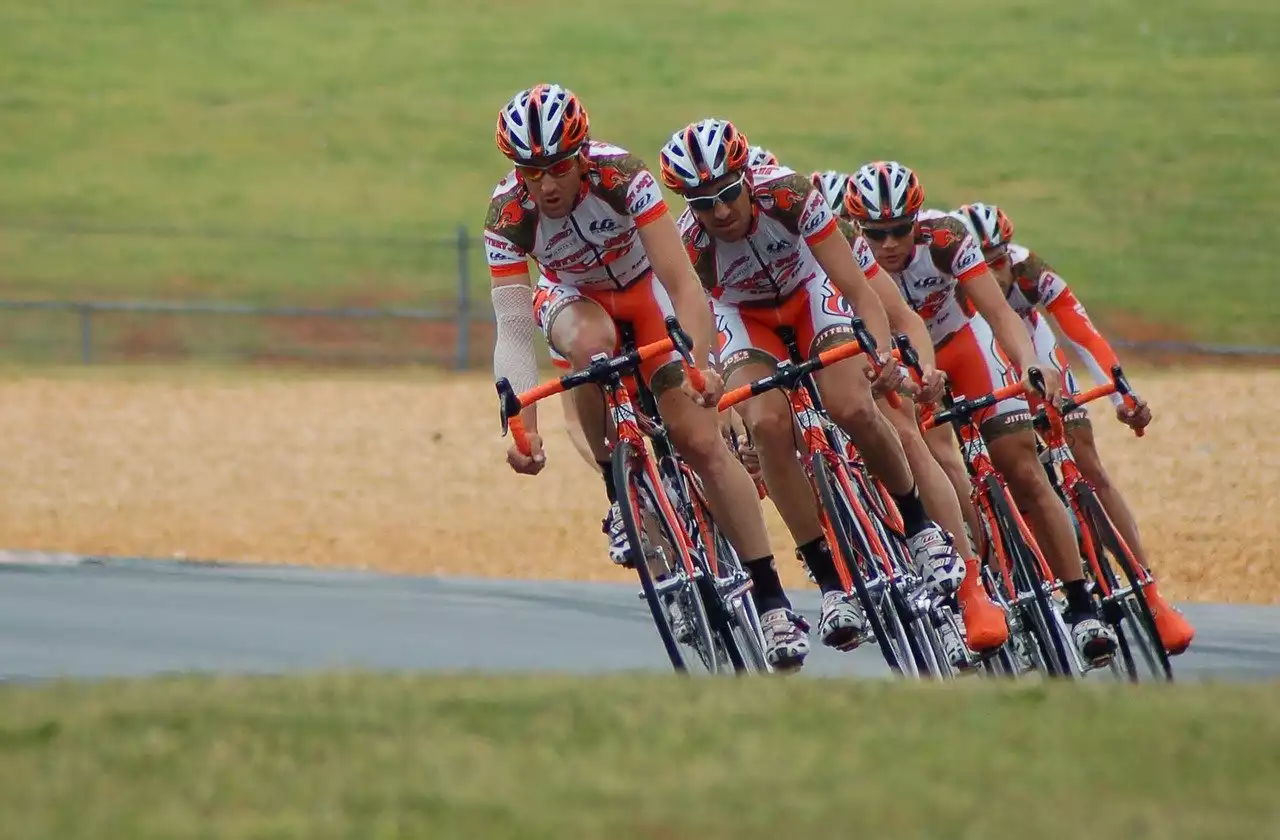The Tour de France is an annual bicycle race in which cyclists compete to win the Tour. It's one of the most popular and prestigious cycling events in the world, with more than 200 participants every year.
Every summer, 22 teams take part in a race of 23 days, including 2 rest days. The cyclist who has the lowest total time at the end of these stages wins. There is also a competition for teams of eight cyclists. This team event starts with six daily stages for all the teams, followed by a second phase that takes place over two weeks. In this phase, only two riders from each team are allowed to compete per day: one in the morning and one in the afternoon. Teammates work together and can share their times if they want to finish as high up in the ranking as possible for their respective countries
The History of the Tour de France
The Tour de France is one of the most renowned sporting events in the world. Since 1903, more than 200 cyclists from 22 teams have taken part in a race of 23 days. The cyclist who has the lowest total time at the end of these stages wins.
It all started on April 19th, 1903 when Maurice Garin was declared winner after he completed a course that spanned over 2,500 kilometers (1,600 mi) in less than 83 hours and 54 minutes.
This cycling race is held every year and it is considered to be one of the hardest endurance tests a human being can endure.
The first Tour de France was organized by Henri Desgrange, but it only consisted of eight stages and had only 60 riders. In 1922, for the first time, there were more than 100 participants in this event. The last stage took place on July 27th, 1927 with Belgian Leon Scieur as winner. After this edition, the Tour remained suspended until 1930 due to conflicts between organizers and sponsors.
What Does It Take to Win the Tour?
The Tour de France has a total of 21 stages and lasts for 23 days. It is one of the most prestigious cycling events in the world and from these races, there are generally around 200 participants each year. To win the Tour, cyclists need to have a low total time at the end of all the stages and also have good teamwork with their teammates. The race starts with six daily stages for all moments and then moves on to a second phase which takes place over two weeks. In this stage only two riders from each team are allowed to compete per day: one in the morning and one in the afternoon. Teammates can share their times if they want to finish high up on the ranking for their respective country.
What Factors Can Affect a Rider's Performance?
Cyclists have to be in top condition to perform well in the Tour de France. There are many factors that could affect their performance, including:
- Injuries
- Weather conditions
- The altitude of the stage being ridden
- How much rest a cyclist has had in the days before the race starts
- Previous aches and pains
- Mental and emotional fatigue
- Physical fatigue - Exhaustion from previous races
How to Train for the Race
One of the most important aspects of training for the race is to build up your endurance. This can be done by riding long distances and doing intervals on the bike. It's also important to grow your cycling skills, which can be done by practicing techniques like starting and stopping quickly, maintaining momentum on hills, and dealing with emergencies.
Cycling Gear, Equipment, and Essentials
**Cleated shoes or clipless pedals
**Helmet
**Padded shorts
**Rain Jacket
**Leg Gel Pads (optional)
**Water bottles
**Bike computer
**Basic multi-tool (or bike tool)
*Bike computer is not a must but it can help with training and tracking your progress. It will also show you how many calories you're burning and how far you've gone.
What Is in a Team Kit?
A team kit is a set of clothing and equipment that all cyclists wear during the race. The team kit includes jerseys, shorts, socks, shoes, helmets, and sometimes gloves.
Most kits are black with the logo of the sponsor on top. On the back of the jersey is a number that corresponds to when in the race they started riding. Some teams also put their name on their kits to make it easy for fans to know who they are from a distance.
The Tour de France is one of the longest-standing bicycle races in history and many key parts of cycling were invented specifically for this event. The Tour has been around since 1903 and is still one of the largest events in cycling today.
Conclusion
The Tour de France is one of the most difficult and grueling races in the world. Different types of riders use different strategies to train for the event. For example, those with an endurance background will train by riding long distances at slower speeds, while those with natural speed will work on sprints and intervals.
Training for the Tour de France is not for the novice cyclist. The race is a physically and mentally demanding event, so it’s important to have a proper training plan in place.


 5 Highest Ranked Darts Players in History
5 Highest Ranked Darts Players in History
 World Famous Belmont Park Racetrack
World Famous Belmont Park Racetrack Longchamp's Race Course in Paris
Longchamp's Race Course in Paris
 Deep Sea Fishing For Marlin
Deep Sea Fishing For Marlin
 5 Top Rounders Teams and their Unforgettable Wins
5 Top Rounders Teams and their Unforgettable Wins
 Anathan Pham: From Zero to Esports Hero - Unveiling the Journey of an Extraordinary Gaming Sensation
Anathan Pham: From Zero to Esports Hero - Unveiling the Journey of an Extraordinary Gaming Sensation
 Gymnastics Legends: Celebrating Iconic Gymnasts Throughout History
Gymnastics Legends: Celebrating Iconic Gymnasts Throughout History From Beta to Esport: The Rise of Valorant in Competitive Gaming
From Beta to Esport: The Rise of Valorant in Competitive Gaming The Basic Fishing Equipment for Beginners
The Basic Fishing Equipment for Beginners
 Indian Wells Tennis Tournament: Exploring its Evolution from Humble Beginnings to a Premier Event
Indian Wells Tennis Tournament: Exploring its Evolution from Humble Beginnings to a Premier Event What is Speed Cycling?
What is Speed Cycling? What are the Biggest Cycling Competitions?
What are the Biggest Cycling Competitions? The Greatest Cyclists Ever
The Greatest Cyclists Ever Cycling-The Olympic Games
Cycling-The Olympic Games Cycling-Lance Armstrong
Cycling-Lance Armstrong Cycling-Chris Boardman
Cycling-Chris Boardman